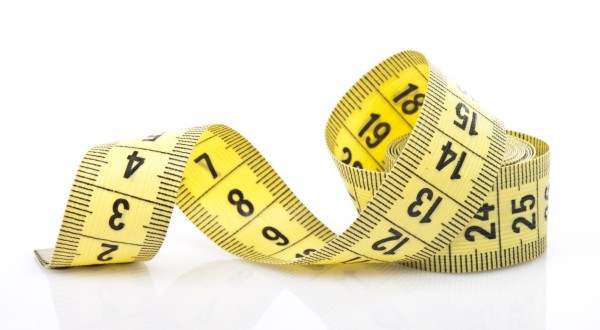
Data is everything in business. Even HR, a profession that is all about people, is now making big use of data.
That’s because data and people issues have come together. People analytics are critically important in the modern workplace as a decision making tool and those decisions are taking place as early on as during the recruitment process. And they are being used to measure something that was considered unmeasurable before – soft skills.
Soft skills analytics take off
So why is it that we can measure soft skills when recruiting in a way that we couldn’t before? Technology, of course. The technology now exists to enable organisations to measure, analyse and predict what soft skills are needed by new hires and to then assess any potential new hires to see if they come up to scratch.
Candidate experience
Candidates expect and want a tech-driven application experience – something that is intuitive, fun, interactive, quick, mobile friendly and easy to use. That’s what organisations need to deliver. It’s so easy to include gamification and interactive exercises and such tools are ideally suited to assessing soft skills.
Real data, meaningful insights
Even more important is the results that these tools deliver. Online testing gives much more detailed, accurate and meaningful insights into candidates’ soft skills than ever before. Instead of relying on self-description, the traditional and not hugely reliable method for assessing candidates’ soft skills, we now have real tests that deliver real results.
Technology allows recruiters to combine self-descriptions (the traditional questionnaires) with ability testing (actual tests through exercises) and behavioral observations. All of this data combined provides a fantastic level of quality for describing a personality, motivations and skills in one go.
How to measure soft skills
Take some of the skills – or competencies as well call them at Softfactors – included under the category ‘Interpersonal Skills’ – interaction, collaboration, communication, conflict resolution and diversity, in our testing. Our online instruments can identify which candidates score strongly on these competencies, which don’t score so well and where the gaps are.
How? The competencies are gauged through the tests, which still take the form of questions, but not the bland kind of questioning of yesterday. Instead, it’s a short, snappy questionnaire, that only takes 10-15 minutes to complete, is fun, visual and takes a gamified approach. For example, candidates are asked to read the facial expressions of people when a series of pictures flash up on the screen. The ability to read emotions and empathise with others is an important competency for a lot of jobs so hirers want to know how well candidates score in such areas and who would make the best fit.
A holistic view of candidates
Hirers gain a much clearer and deeper picture of the candidate as a whole. Those insights can be used to select and eliminate candidates. They can also set the agenda for what is discussed at interview. For example, the interviewer might want to probe a candidate’s competency in a certain key area where their score dipped or where there is some uncertainty.
Science says soft skills matter
Although technology is behind a lot of these developments, it’s not the only driver. All of the recent developments in neuroscience have really highlighted the importance of good soft skills and pushed them up the recruitment agenda. It has been proven that high levels of soft skills, in combination with hard skills, leads to greater productivity, creativity, engagement and innovation on individual, team and organisation-wide levels.
If individuals work well within a team, then the team performs better, which in turn leads to better organizational performance. And that can all start with selecting individuals that display the required competencies in the screening process.
Click here to register for your free copy of our soft skills whitepaper and find out how to transform your hiring success.
Available for release 24 October 2016.
